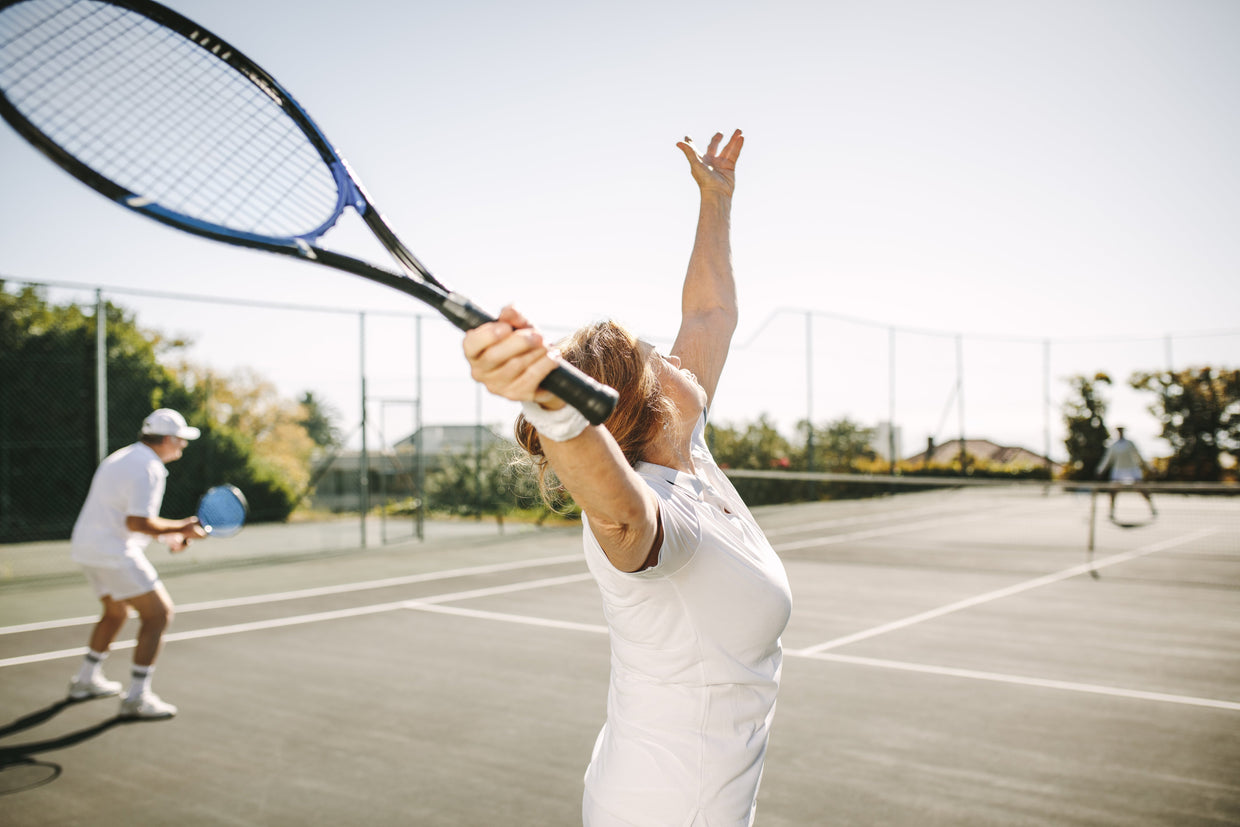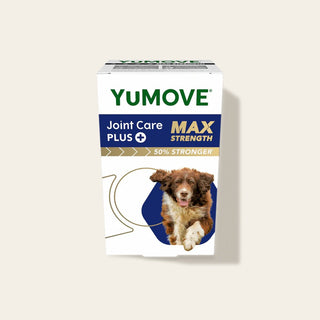

How to protect your joints during a game of tennis
Have you been inspired to pick up a racket with the return of Wimbledon this summer? If so, it’s important to be mindful of the effect tennis – and all intense sports – can have on your body. This is especially crucial if you already deal with stiff joints.
If you’re planning on channelling your inner Federer or Williams, make sure you follow our top tips to keep your joints happy.
Common tennis joint injuries
A lot of tennis injuries are chronic – which means they develop over a long period of time. These injuries simply result from overuse of a certain body part. Often, symptoms include swelling and long-lasting pain. Here are a few common joint injuries you can get while playing tennis:
Tennis Elbow – or Lateral Epicondylitis
You’ve probably heard of it before, but what actually is Tennis Elbow? Caused by overuse of the forearm, Tennis Elbow is an inflammation of the tendons – which connect the muscles on either side of the joint. Not surprisingly, this can cause some real discomfort and tenderness around the joint.
Jumper’s Knee – or Patellar Tendonitis
Commonly called Jumper’s Knee, this overuse injury will be familiar to almost all tennis players. As the knee is put under stress from jumping on a hard surface, the tendons – which hold the kneecap in place – slowly wear away. This results in soreness below the knee, and straightening your leg might become trickier.
Frozen Shoulder – or Adhesive Capsulitis
The shoulder is a group of bones that come together to form a ball and socket joint. They are held in place by surrounding tissue called the shoulder capsule. With Frozen Shoulder, the capsule becomes too tight to move and the amount of synovial fluid in the joint decreases. This causes stiffness and pain that can take years to go away.

How to avoid tennis injuries
There’s no fool-proof way to stop yourself from getting injured, apart from just not playing tennis at all – and who would want to do that!? But here are some precautions you can take to reduce the chance of joint strain. And remember, on the off chance that you do get hurt, it’s important to take some rest. To a tennis player, healthy joints are just as important as a powerful backhand!
- Warm up and cool down properly. A thorough stretch of the major muscles beforehand will significantly reduce your chance of injury. After a good game, we recommend rolling a tennis ball over your feet and legs to gently massage them.
- Take it slow at first. Jumping straight into a Murray-style match might cause a few strains and bumps. Try to gradually build up the intensity of your tennis playing. As you become more of a pro, you’re less likely to get an accidental injury in more intense games.
- Brace yourself. If you have a history of knee, shoulder or elbow injuries, a lightweight brace can give some much-needed support.
- Find the finest footwear. If you’re doing any form of exercise regularly, the right footwear is essential to staying injury-free. Try looking for trainers that support your feet and absorb impacts – and always wear the right size and fit!
Taking joint supplements for humans can help to reduce inflammation - we recommend iMOVE Active.




